Radar with trace blip
Configurable radar screen with trace blip.
9-7-2023: I have updated the shader to version 2. It has been changed slightly to work with Godot 4 by default but there are comments explaining how to use it with earlier versions of Godot.
15-1-2023: I have optimised the code by removing explicit if statements. I used some of the code snippets provided by nonunknown here: https://godotshaders.com/shader/optimize-your-shaders/
Shader code
// Radar shader v2 by Brian Smith (steampunkdemon.itch.io)
// MIT Licence
shader_type canvas_item;
// Replace the below references to source_color with hint_color if you are using a version of Godot before 4.
uniform vec4 line_color : source_color = vec4(0.0, 0.4, 0.0, 1.0);
uniform vec4 beam_color : source_color = vec4(0.5, 1.0, 0.5, 1.0);
uniform vec4 trail_color : source_color = vec4(0.0, 0.5, 0.0, 1.0);
uniform vec4 blip_color : source_color = vec4(0.5, 1.0, 0.5, 1.0);
uniform bool show_edges = false;
uniform float range_lines : hint_range(0.0, 10.0, 1.0) = 4.0;
uniform float sector_lines : hint_range(0.0, 10.0, 1.0) = 4.0;
uniform float line_width : hint_range(0.01, 0.1) = 0.01;
uniform float beam_angle : hint_range(0.0, 1.0) = 0.2;
uniform float beam_width : hint_range(0.0, 0.05) = 0.003;
uniform float trail_width : hint_range(0.0, 1.0) = 0.5;
uniform float blip_size : hint_range(0.1, 0.5) = 0.1;
uniform float blip_softness : hint_range(0.0, 1.0) = 0.4;
uniform float blip_presistence : hint_range(1.0, 5.0) = 2.0;
uniform vec2 blip_position = vec2(0.5, 0.5);
float greater_than(float x, float y) {
return max(sign(x - y), 0.0);
}
void fragment() {
vec2 uv = UV * 2.0 - 1.0;
float a = (atan(uv.y, uv.x) + 3.141592656) / 6.283185312;
float l = length(uv);
// Uncomment the following line if you are applying the shader to a TextureRect and using a version of Godot before 4.
// COLOR = texture(TEXTURE,UV);
// If you do not want to render the range and sector lines remove the following line of code.
// If you want to only render the range lines replace the following line of code with:
// COLOR.rgb = mix(COLOR.rgb, line_color.rgb, line_color.a * greater_than(mod(l, 1.0 / range_lines) * range_lines, 1.0 - line_width * range_lines));
// If you only want to render the sector lines replace the following line of code with:
// COLOR.rgb = mix(COLOR.rgb, line_color.rgb, line_color.a * greater_than(abs(mod(a, 1.0 / sector_lines) * sector_lines * 2.0 - 1.0), 1.0 - (line_width / 6.283185312 / l) * sector_lines));
COLOR.rgb = mix(COLOR.rgb, line_color.rgb, line_color.a * max(greater_than(mod(l, 1.0 / range_lines) * range_lines, 1.0 - line_width * range_lines), greater_than(abs(mod(a, 1.0 / sector_lines) * sector_lines * 2.0 - 1.0), 1.0 - (line_width / 6.283185312 / l) * sector_lines)));
// When using this shader in a game I suggest removing the following line of code and
// replacing all occurrences of 'current_beam_angle' with 'beam_angle'.
// You should then manually set the shader's beam_angle parameter so you know where the beam is
// and therefore when the blip is not visible and its position can be updated.
float current_beam_angle = mod(beam_angle * TIME, 1.0);
a = a - 1.0 * greater_than(a, current_beam_angle);
// If you do not want to render the trail remove the following line of code.
COLOR.rgb = mix(COLOR.rgb, trail_color.rgb, trail_color.a * max(0.0, (1.0 - (current_beam_angle - a) / trail_width)));
// If you do not want to render the beam remove the following line of code.
COLOR.rgb = mix(COLOR.rgb, beam_color.rgb, beam_color.a * greater_than(a, current_beam_angle - beam_width));
// If you do not want to render the blip remove the following code block.
// The blip's x and y coordinates should be within the range -1.0 to 1.0.
// The blip will not be displayed if it is exactly in the centre at 0.0, 0.0.
float bl = length(blip_position - uv);
float blip_angle = (atan(blip_position.y, blip_position.x) + 3.141592656) / 6.283185312;
blip_angle = blip_angle - 1.0 * greater_than(blip_angle, current_beam_angle);
COLOR.rgb = mix(COLOR.rgb, blip_color.rgb, blip_color.a * max(0.0, pow((blip_size - bl) / blip_size, blip_softness) - min(1.0, (current_beam_angle - blip_angle) * blip_presistence)));
// If you do not want the edges to be transparent remove the following line of code.
// If you always want the edges to be transparent replace the following line of code with:
// COLOR.a *= greater_than(1.0, l);
COLOR.a *= max(sign(1.0 - l), float(show_edges));
}
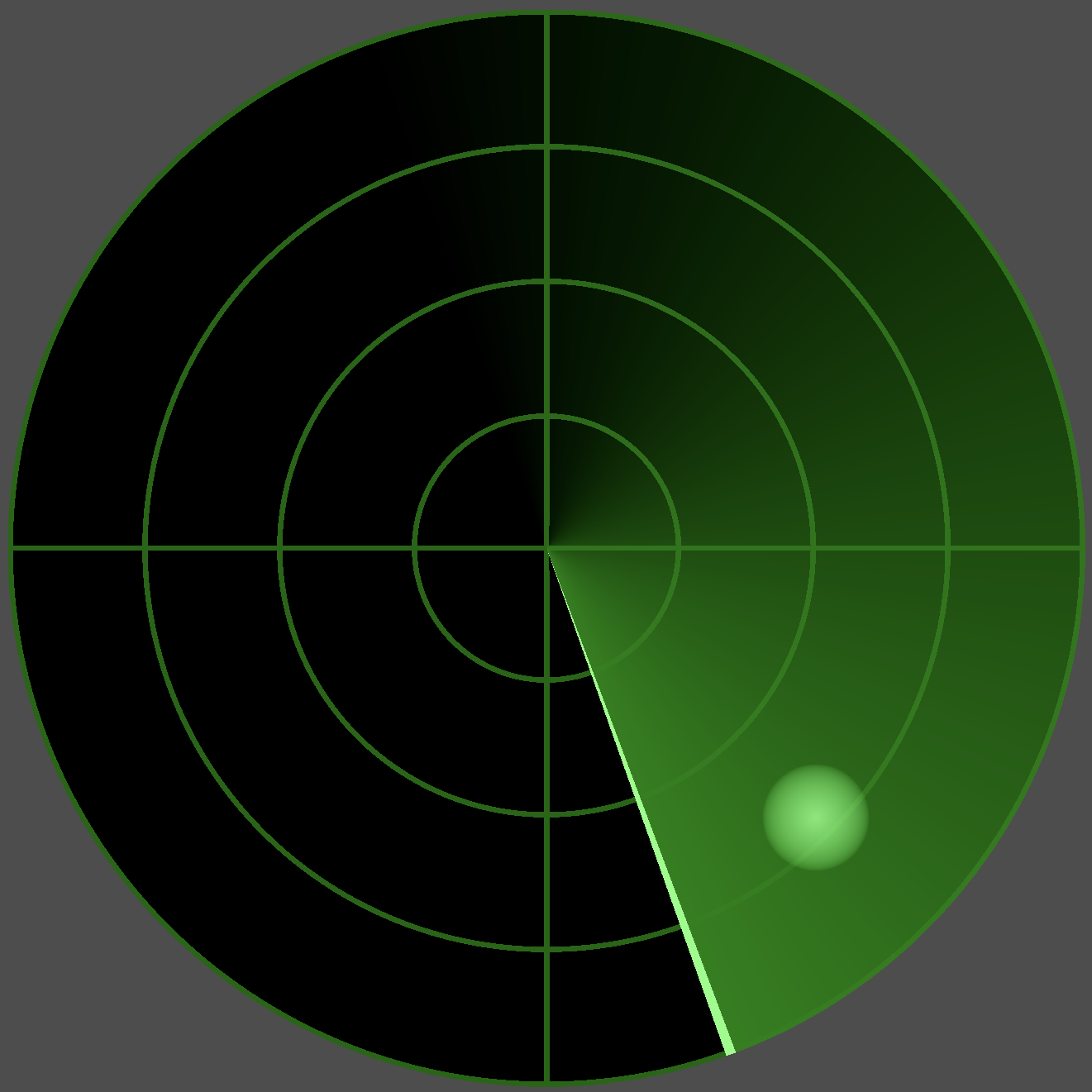

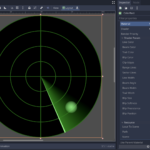
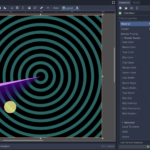

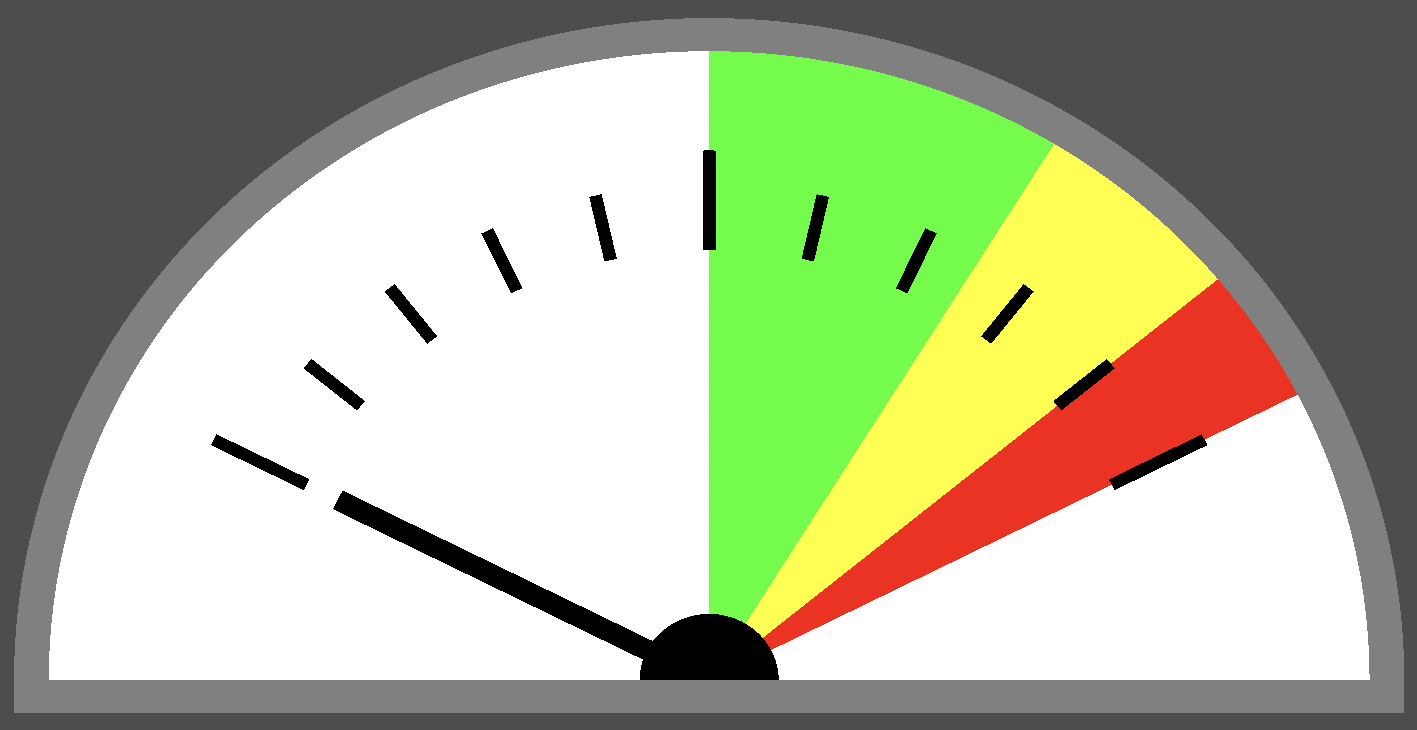
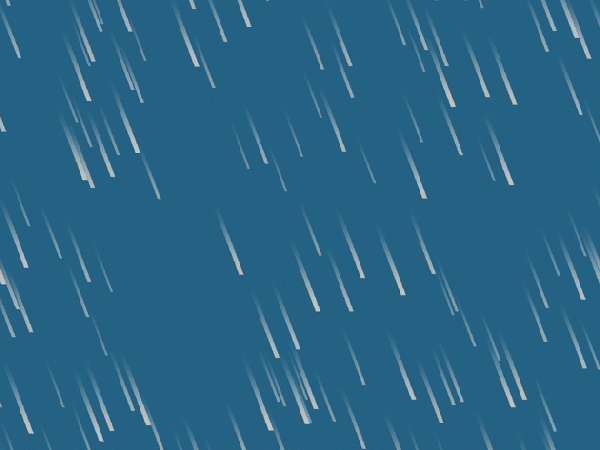
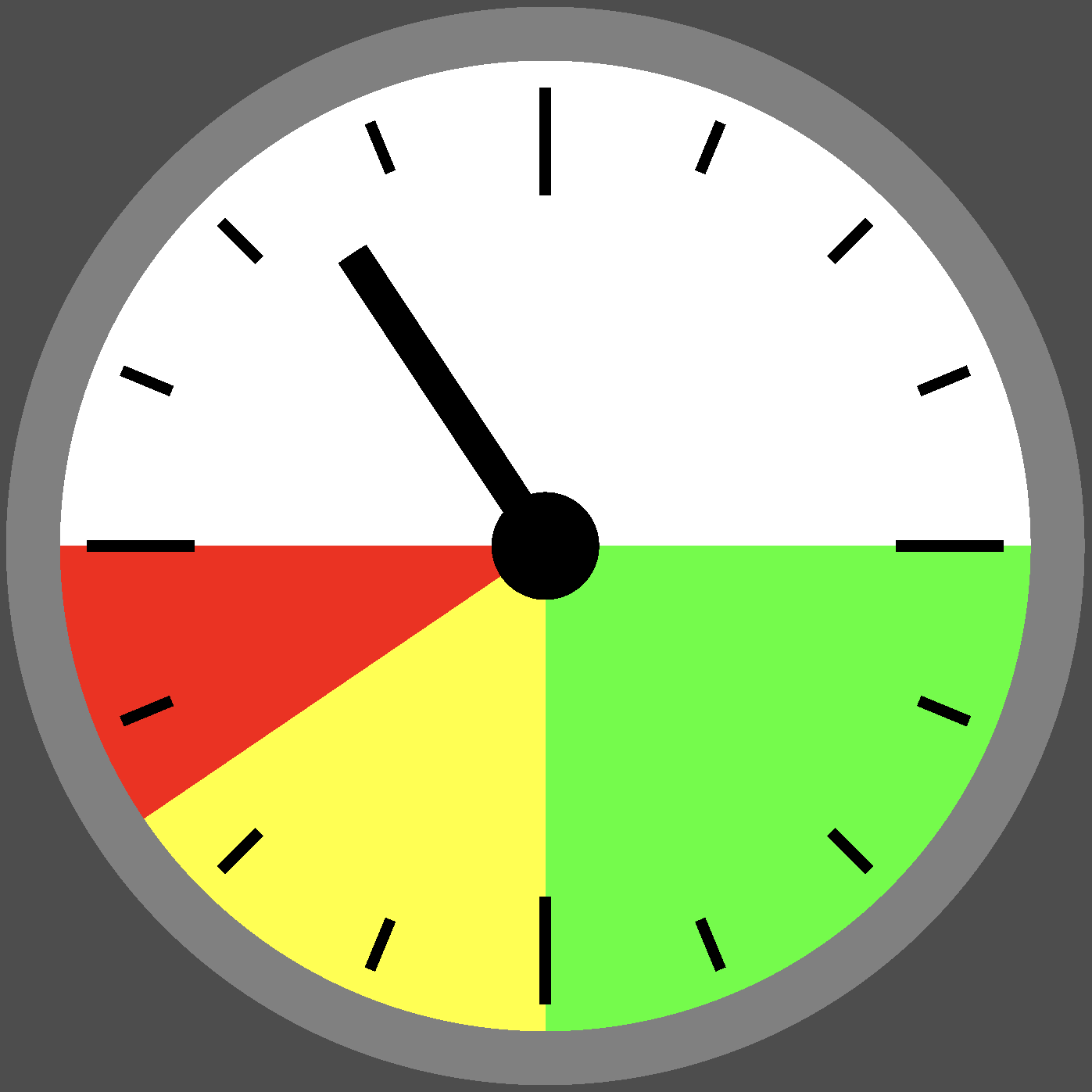


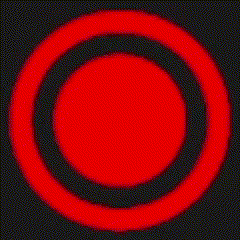
love your shaders!!!
I was messing with the stars one and made some really crazy stuff by turning on all your uncommented lines and adjusting/renaming/duplicating some of the parameters. using them in polygon2d… and i even went against some of your suggestions, to find unworldly things i didn’t know shaders could do!
gonna use this one in my homeworld-like 2d rts and the other gauges for my defender-inspired sector control game, for the engine and gun statuses
Thanks for the feedback!
Of course everyone is free to modify or use my shaders as a starting off point when developing their own ones. I know I took other shaders and code snippets on this site as inspiration.
I wrote the starfield shader for a game I’m working on and ended up modifying it myself a bit. I replaced the TIME built-in with a ‘time’ uniform that I feed from the game’s _physics_process function (I’m just adding ‘delta’ to a ‘time’ variable in the code each frame and then setting the shader’s ‘time’ uniform to be the same). That way I can pause the scrolling effect by not adding to ‘time’. It could also be used to dynamically change the direction of the scrolling, by changing whether you are adding to or subtracting from ‘time’ (If you did that you would need to set the ‘preprocess’ constant to an arbitrary high number like 1000 to make sure the stars did not rewind their positions back to a straight line!). That may be useful for your 2D RTS game.